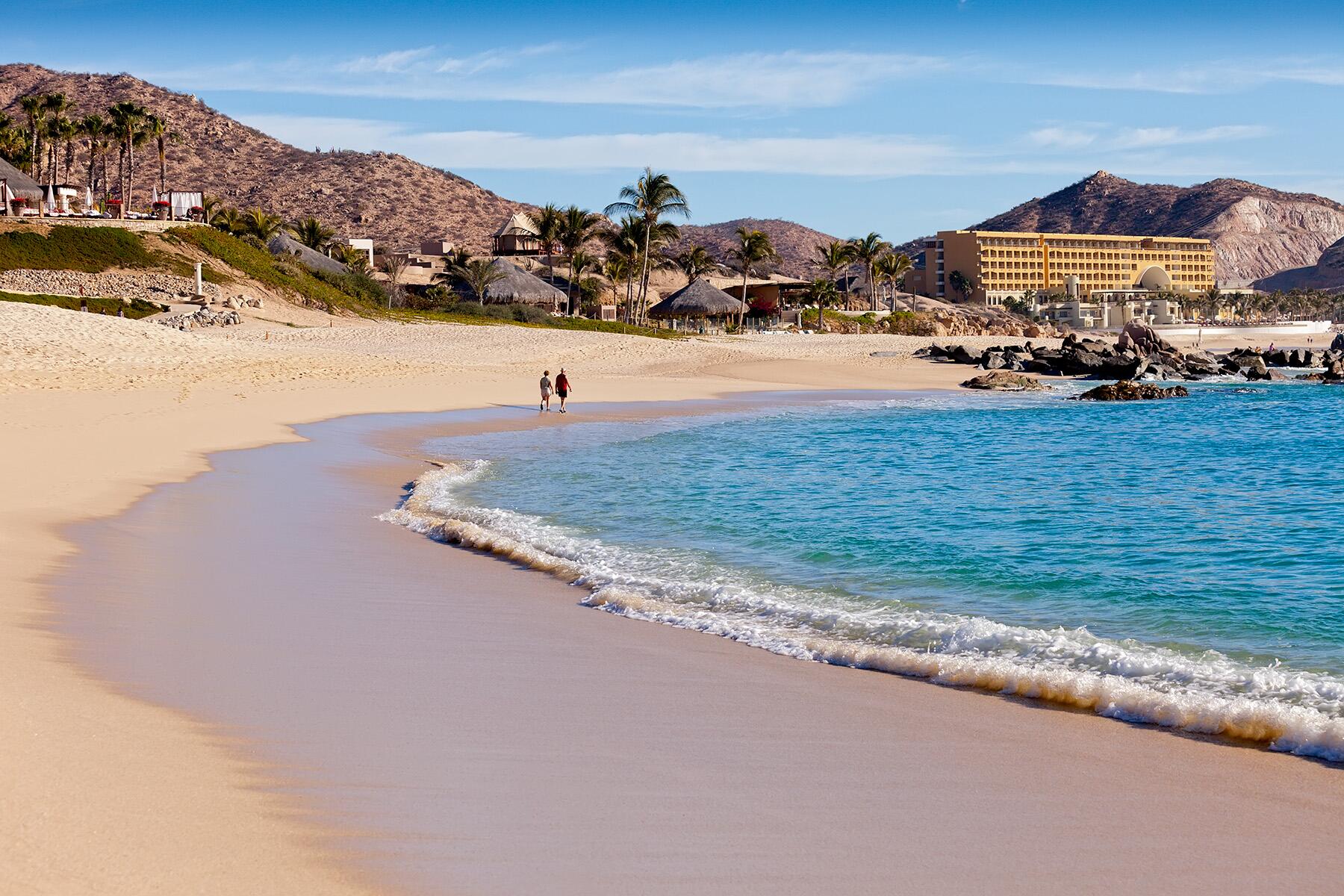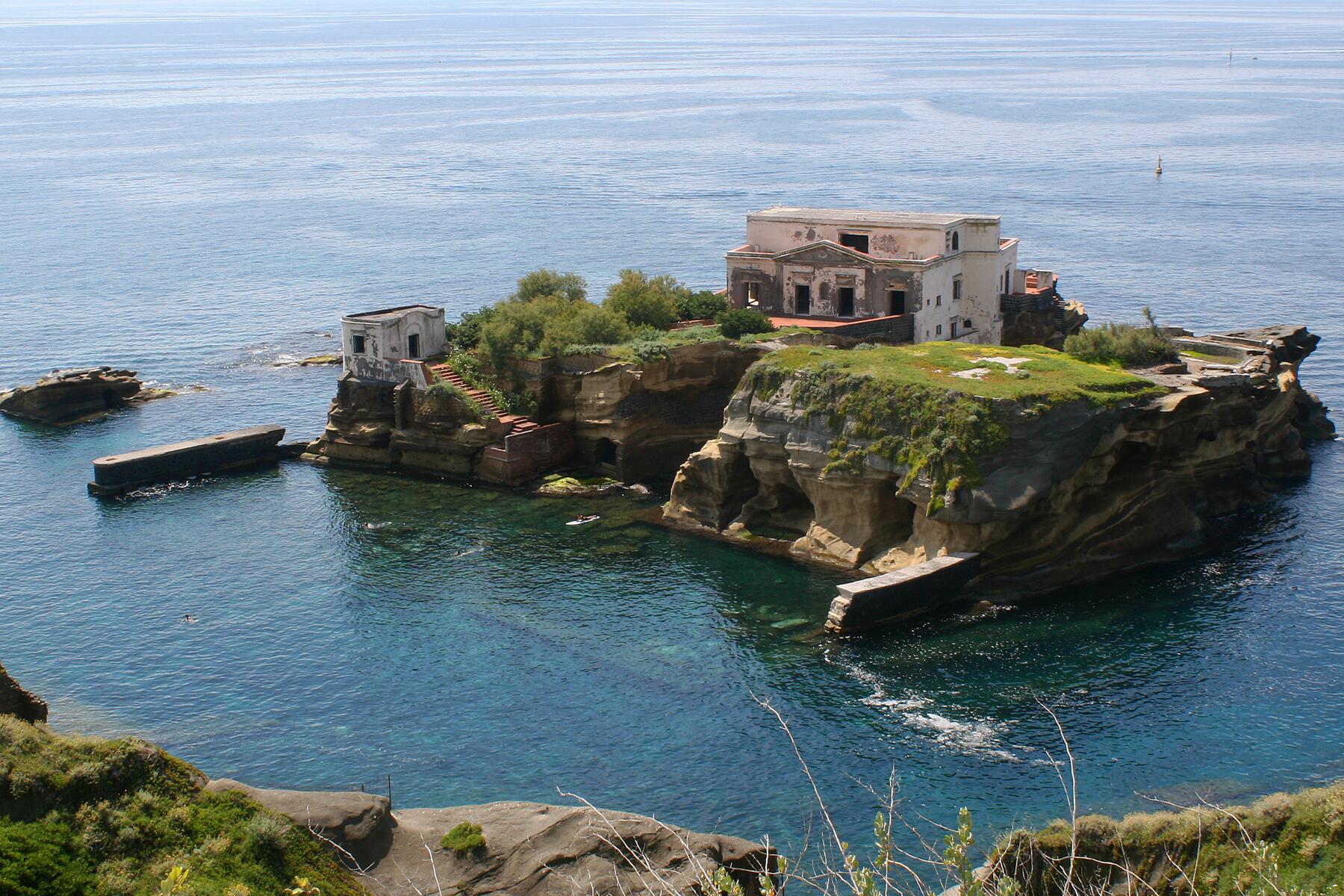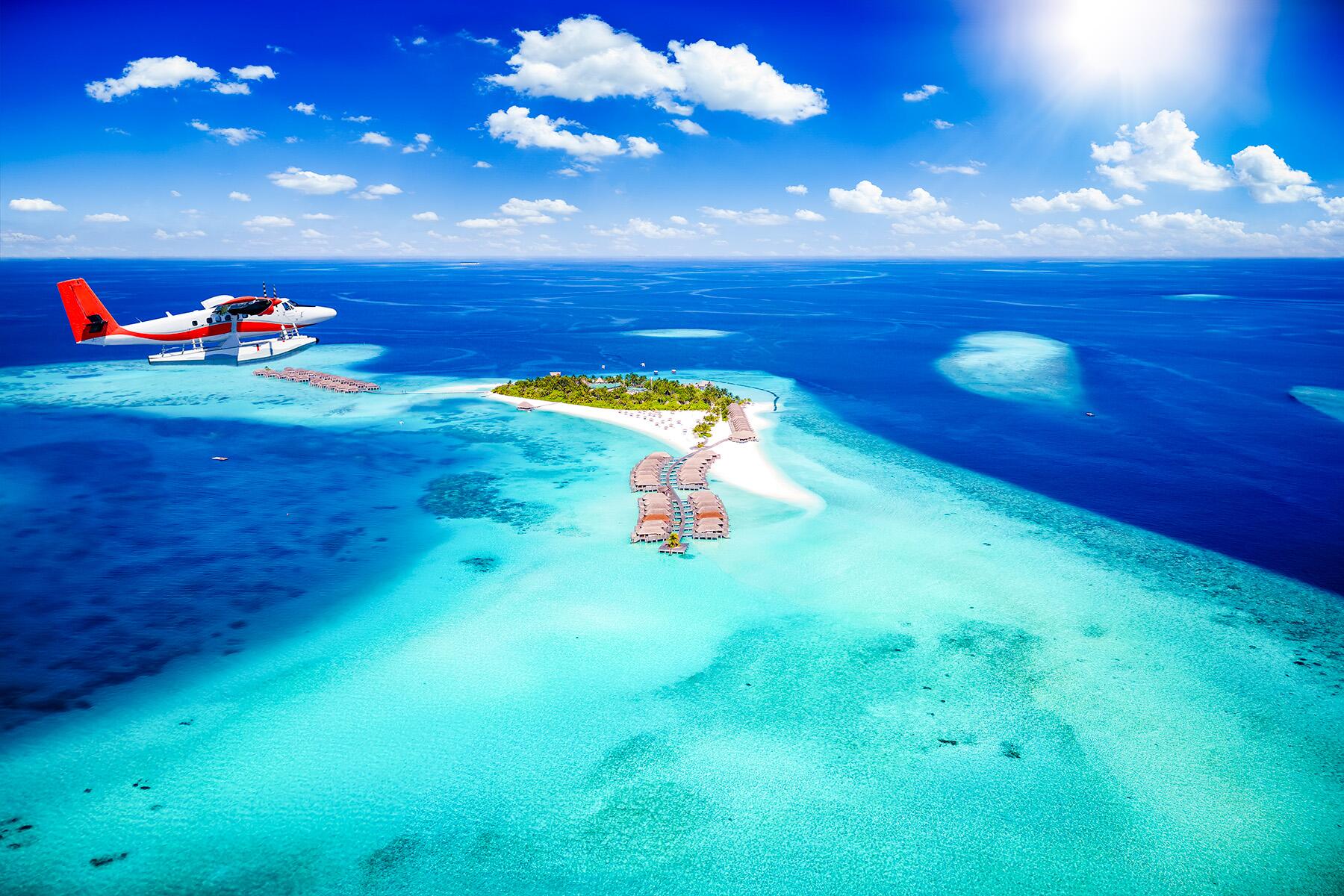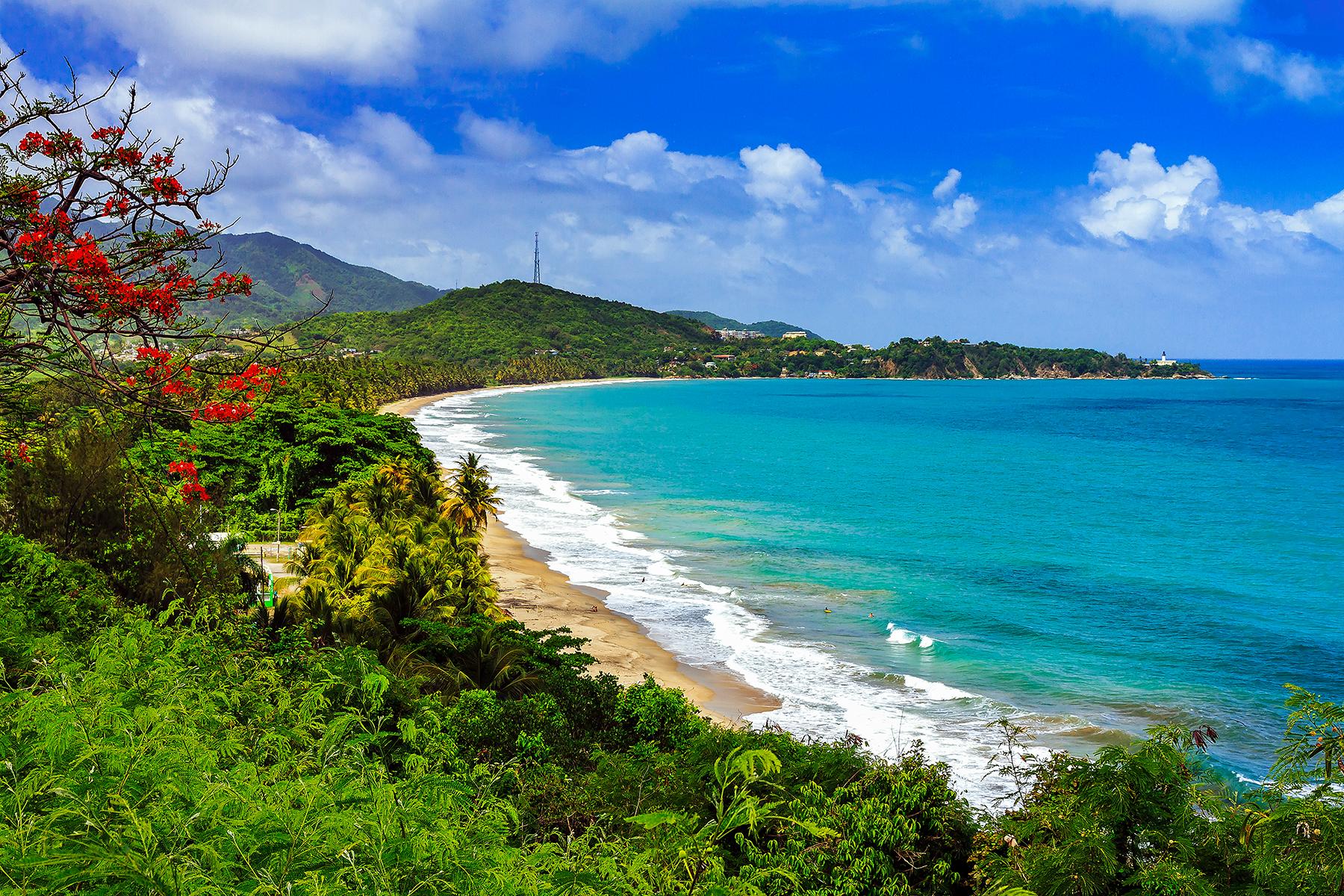Discover some of the best beaches Puerto Rico has to offer.
When you think “Puerto Rico,” you probably also think “beaches.” Puerto Rico has many beautiful beaches, but some of the most iconic ones are also some of the more difficult to access. We wouldn’t do away with those hard-to-reach treasures completely, but there are also a lot of beaches worth visiting that you can easily access by car. Let’s dive in.
Top Picks for You
Flamenco Beach
WHERE: Culebra
Flamenco Beach’s claim to fame is a #2 rating on the Discovery Channel’s list of best beaches in the world, making it a source of pride for Puerto Ricans. And rightfully so. This crescent-shaped, white-sand beach with crystal-clear, turquoise waters is a swoon-worthy spot made for social media. Flamenco Beach is located on a small island off the coast of Puerto Rico known as Culebra. Flights are available from San Juan to Culebra for about $100 round-trip, or you can take a 45-minute, $4.50 round-trip ferry from the seaside town of Ceiba. You need to arrive to the port very early on weekends, around 3 a.m., to secure a ticket to Culebra, so you may want to keep the piña coladas to a minimum the night before. On weekdays, you can arrive an hour or so before the ferry, but the first departure is still 6 a.m.
INSIDER TIPThe journey to Culebra goes against the current, and the choppy ride is infamous for making passengers seasick. Take an anti-nausea capsule before the journey. You’ll be fine on the way back as the boat flows with the current.
Cayo Icacos
WHERE: Fajardo
Cayo Icacos is one of about 10 small islands that make up the Cordillera Nature Reserve just off the coast of Puerto Rico. Icacos can only be reached by boat, and the ride is a short 15-20 minutes. You can arrange a “water taxi” for about $25 per person (with a $100 minimum), or you can live your best life and book a full-on catamaran trip including unlimited piña coladas and rum punch. The island has no facilities (stores, restaurants, etc.), so you’ll need to bring along whatever you might need for the day.
Recommended Fodor’s Video
Isla Verde Beach
WHERE: San Juan
Isla Verde Beach is technically in Carolina, just east of San Juan. It’s a long stretch of coastline actually made up of three different beaches, each with its own unique vibe. The first, El Alambique, is the most lively, with hotels, restaurants, and watersports. Pine Grove beach sits between two large hotels and is a popular surf spot. Balneario de Carolina is the third beach. Balnearios are typically great for family gatherings as they offer bathrooms, showers, picnic tables, and the beach is cleaned regularly.
Mar Chiquita
WHERE: Manati
The beaches along Puerto Rico’s northern coast are unique in that many of them are formed from natural pools surrounded by limestone walls that protect these swimming holes from the rough waters of the Atlantic Ocean. Playa Mar Chiquita, a local favorite, is one of these beaches. Food trucks selling all of PR’s fave fried goodies are always set up here, and arts vendors come out on the weekends when the beach is busier. While the ‘swimming pool’ like beach is generally calm, the waters do get rougher in the winter months, and swimming may not always be a good idea.
Pozo de las Mujeres
WHERE: Manati
Another beach on Puerto Rico’s northern coast, Pozo de las Mujeres is another natural swimming hole protected by rock formations. This beach is almost split in two by the rock formations. On the left-hand side, the water is shallow, calm, and protected from the rougher waters outside the natural barricade. On the right-hand side, however, the rocks do not form a protective barrier and the water is much rougher. Visitors stay on the left-hand side where you’ll see groups of friends relaxing with a Medalla or small children playing together in the water. Umbrellas and beach chairs are also available for rent.
Borinquen Beach
WHERE: Aguadilla
On the west coast, Borinquen Beach is a big, beautiful stretch of white sand leading to large rocks and a cliff that juts into the sea. The water can be pretty rough and choppy in the winter and isn’t recommended for swimming, but the summer months are great for swimming and snorkeling. During low tide, you can follow the coastline at the far end by the rocks to find a small cave. It’s best to wear some type of shoe for the journey, and you need to be careful of sea urchins along the rocky walls. On the other end of the beach are the ruins of the old Aguadilla Lighthouse, a beautiful place to watch the sunset.
Playa Peña Blanca
WHERE: Aguadilla
Also on Puerto Rico’s west coast, swimming in the crystal-clear waters of Peña Blanca is best in the summer months during low tide. In the winter months, the waters reach the rocks around the beach, eliminating the already fairly small shoreline. This also means it can get pretty crowded in the summer. Regardless, the views here are stunning, and the beach warrants a visit even if only to get some great photos and enjoy and enjoy a beautiful view.
Domes Beach
WHERE: Rincon
Rincon is a tourist hot-spot on the west coast of Puerto Rico, and Domes beach is one of its most popular. This beach gets its name from the dome-shaped building there, which used to be a nuclear plant and is reportedly being turned into a Science museum. Domes beach is also a well-known surfing spot. And if that’s not your thing, you can go whale watching here in the winter! The summer months are much quieter with fewer people.
Punta Tuna Beach
WHERE: Maunabo
Punta Tuna Beach is on Puerto Rico’s southeast coast. Strong currents make it unsafe to swim here, but this is a beautiful place to relax with a book or take a long walk on the beach. This is also home to the Punta Tuna Reserve, a nesting site for turtles. Nesting season is from March to July. Climbing the rock formations at one of the end beach provides a beautiful view. You can also visit the Punta Tuna Lighthouse perched above the beach.
Playa Sucia
WHERE: Cabo Rojo
Playa Sucia, in the southwest, actually means “dirty beach.” While it can be dirty from seaweed on occasion, the water is usually a beautiful turquoise, and this beach is known as one of the most beautiful on the island. Playa Sucia is also home to a lighthouse (“Faro de Los Morrillos”), as well as limestone cliffs and caves. The road leading to Playa Sucia is unpaved and full of large potholes. Drive slowly, and avoid taking the road after heavy rain.




